Wildfires have long been a part of the warm-weather months around the globe, but extreme heat and a worsening drought across much of North America and Europe are making 2022 a dangerous year for wildfires. Smoke from wildfires consists of harmful gases and fine particles that can travel thousands of miles and impact the air you breathe right in your backyard, even if it doesn’t feel like you live in a fire zone. This can compromise the air quality in your area so severely that officials will alert people that it is not safe to go outside or to limit their exposure to outdoor air.

Click here to view current wildfire activity. Image showcased is a reflection of wildfires as of July 26, 2022. Source: arcgis.com.
Wildfire smoke can be especially harmful to the elderly, pregnant women, children, and those with chronic heart and lung diseases. Because children breathe more air per pound of body weight than adults and their airways are still developing, they may experience more severe symptoms. Those symptoms can include difficulty breathing, eye irritation, headaches, sinus infections, and many more harmful effects. The following are a few recommendations to protect yourself and your family when there are active fires near your home but you are not in immediate danger. If there is an active fire near your house, follow guidelines from your local authorities to determine if you are safest to evacuate.
PAY ATTENTION TO YOUR AIR QUALITY

Image Source: EPA.gov
Air agencies across the U.S. use the Air Quality Index (AQI) to communicate about air quality. The AQI is a nationally uniform color-coded index developed by the EPA for reporting and forecasting daily air quality. AirNow provides air quality reports down to the zip code to help you make decisions accordingly. Check AirNow.gov to track your air quality or sign up for local alerts for health warnings, including poor air quality, PSAs, and info for when you are at high fire risk or active fire.
If you see that it looks smoky outside, avoid strenuous activities, wear a mask, or stay indoors and wait until air quality improves. Smoke levels can vary a lot during the day, so be selective when you open windows or do errands.
WEAR A PROTECTIVE MASK

Most people need to leave their homes even in poor air quality situations like wildfire smoke. When doing so, the easiest way to protect yourself is with a mask that provides the equivalent of N95 protection. The RZ® Mask M2 Mesh is a good option with the easy on and off neck strap, so you can throw it on as needed for long or short excursions. Be sure that you fit your mask properly, with a tight seal, as that is the only way to achieve 99.9% protection from the smoke and airborne particulates. Keep a mask in your bag, car, and home for use as needed.
STAY INDOORS

Close all vents, doors, windows, garage doors, and pet doors to prevent as many smoke particulates as possible from entering your home. If you live close to a wildfire but are not evacuating, designate a “clean room” with as few windows as possible. Stock up on essentials like groceries and medication so you don’t need to go outside when it’s smoky.
LIMIT USE OF INDOOR APPLIANCES

Reduce all sources of indoor air pollutants and activities that create more pollutants. These sources include frying foods, sweeping, vacuuming, smoking, and using gas-powered appliances, propane, or wood-burning stoves.
PURIFY YOUR AIR

Portable air cleaners, also knowns as air purifiers, help filter the air in a single room vs. a central furnace or HVAC filter, which filters the air in your home. Air purifiers help reduce airborne particle levels to improve indoor air quality. According to New York Times/Wirecutter guide to air purifiers, wildfire smoke predominantly consists of fine particles in the 0.4- to 0.7-micron range. The best air purifiers for wildfire smoke use a high-efficiency particulate air (HEPA) filter to trap fine particulate matter of this size.
They recommend running the purifier on high the first time you use it to clear the room, and thereafter running them on low continuously to keep your air clear. If you have an HVAC system with a fresh air intake, set the system to recirculate mode, or close the outdoor intake damper. If you use a window air conditioner where the damper cannot be closed, do not use it during high smoke periods.
For homes and businesses that use a (PTAC) unit for air circulation, the RZ AIRflow filters up to 99.97% of airborne particles up to 0.3 microns. The AIRflow consists of one HEPA filter and two active carbon filters, so it prevents those dangerous smoke particles from entering your space while also eliminating the smoky odors from the outside air.

Most people with limited exposure to smoke will not have extreme or long-term health effects. However, if you suffer from allergies or other health sensitivities, these steps will help limit side effects.
Shop for RZ Masks for wildfire smoke protection.
Shop for RZ AIRflow for air purification with PTAC units.


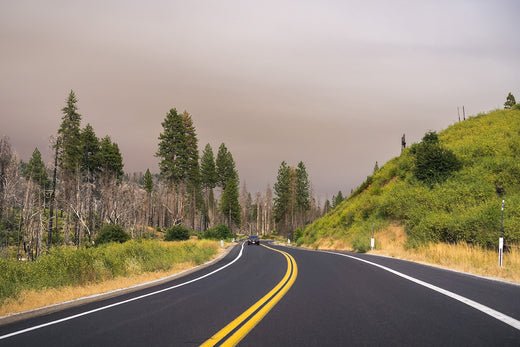
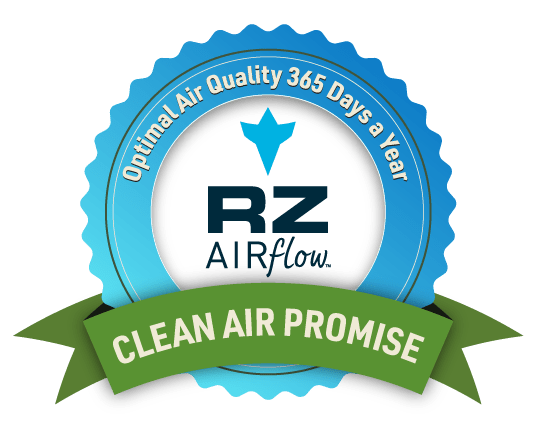


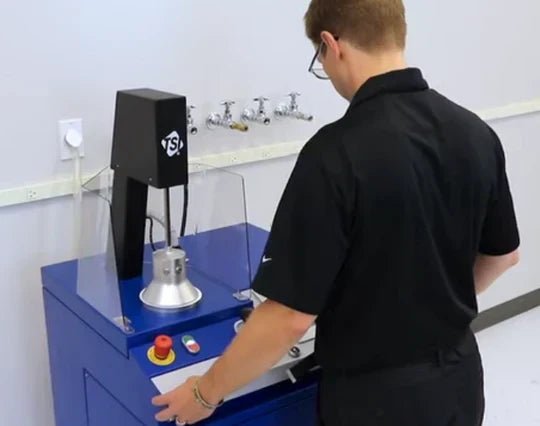

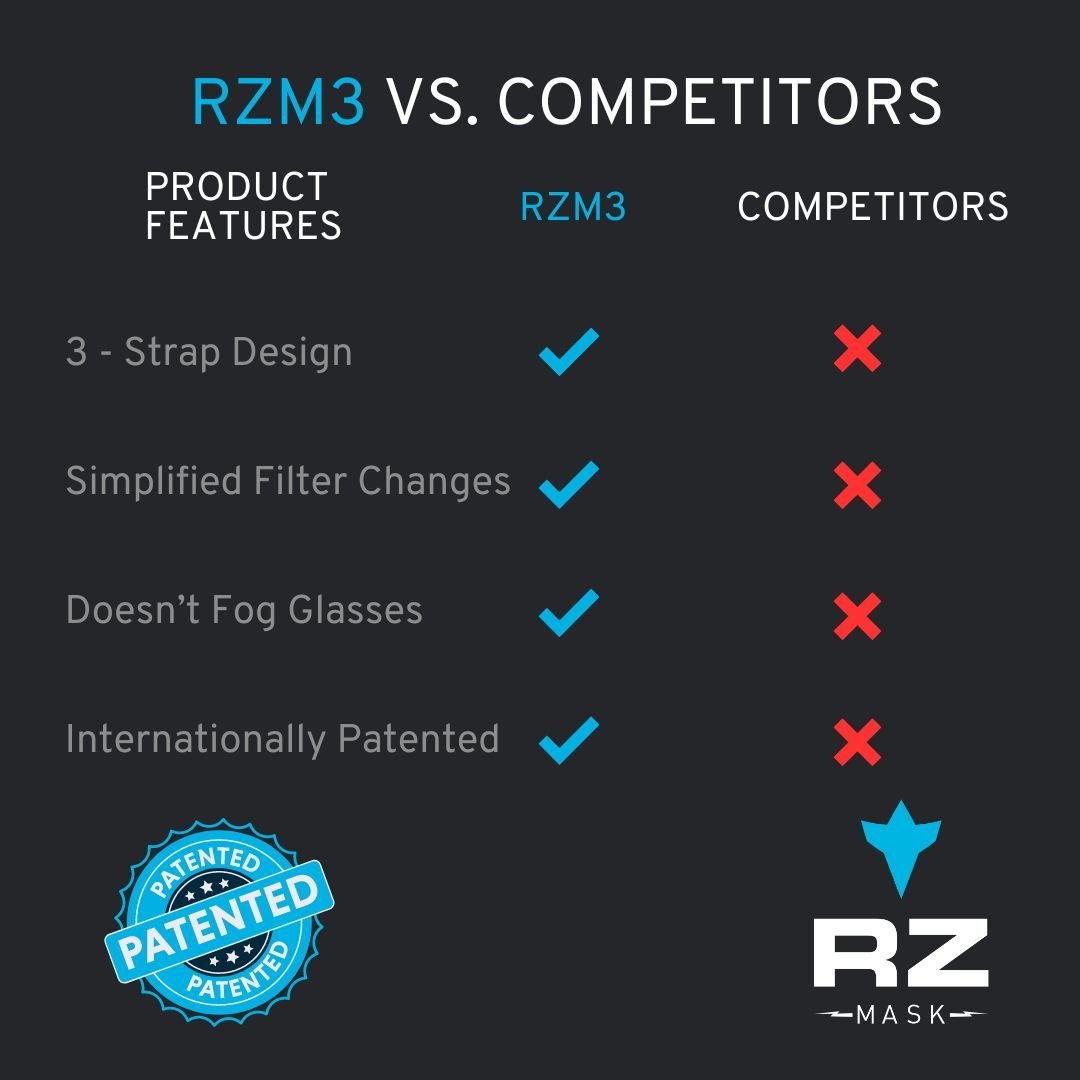
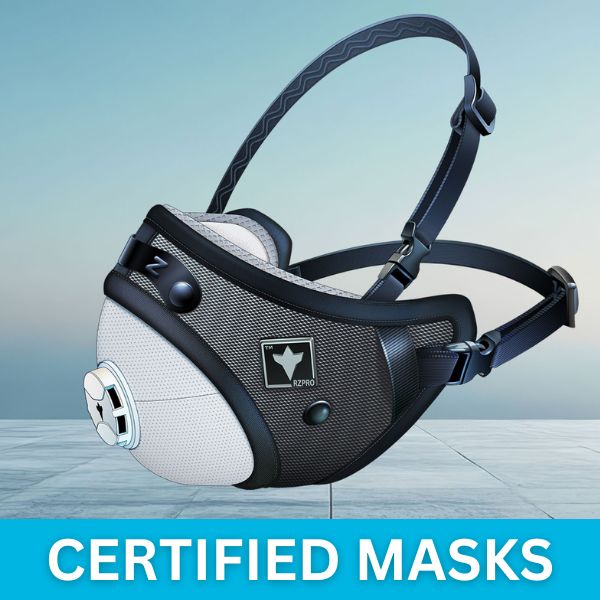
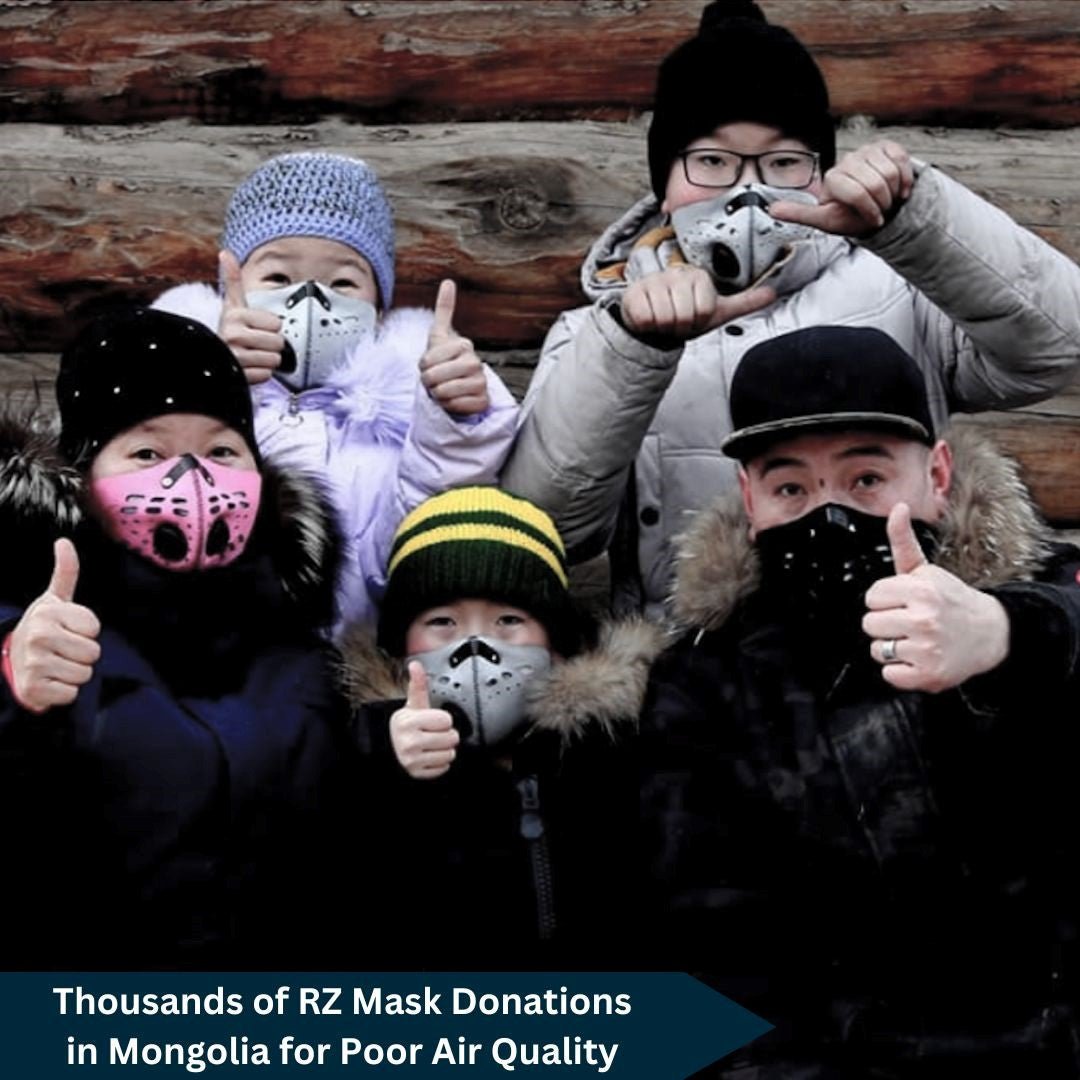
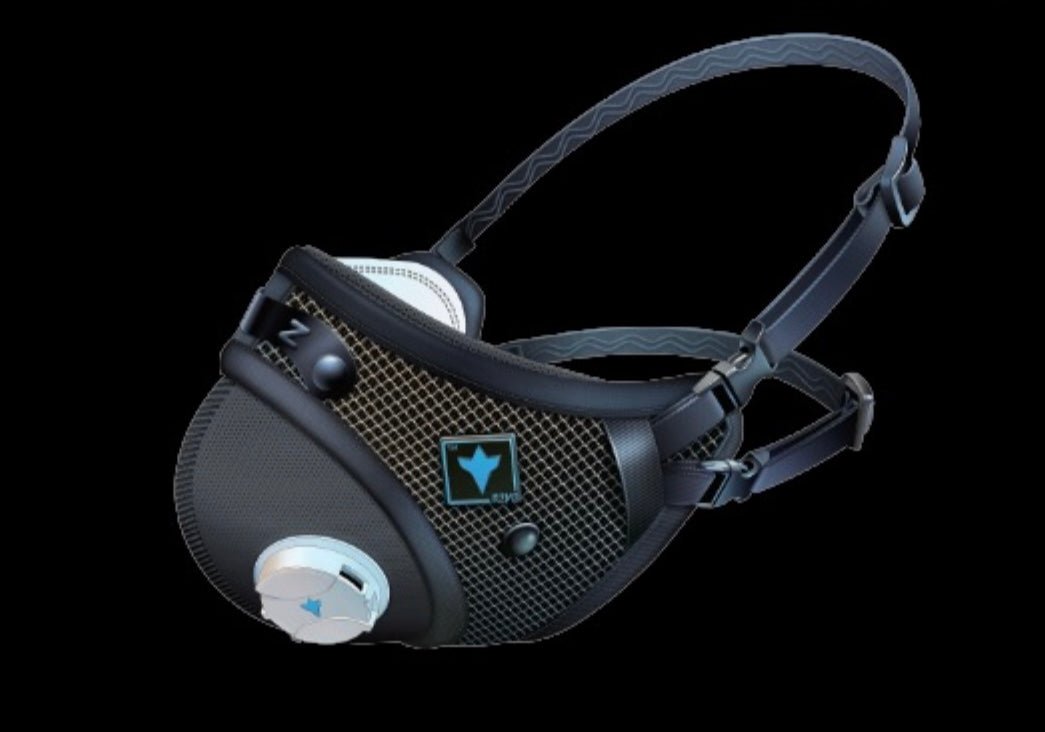
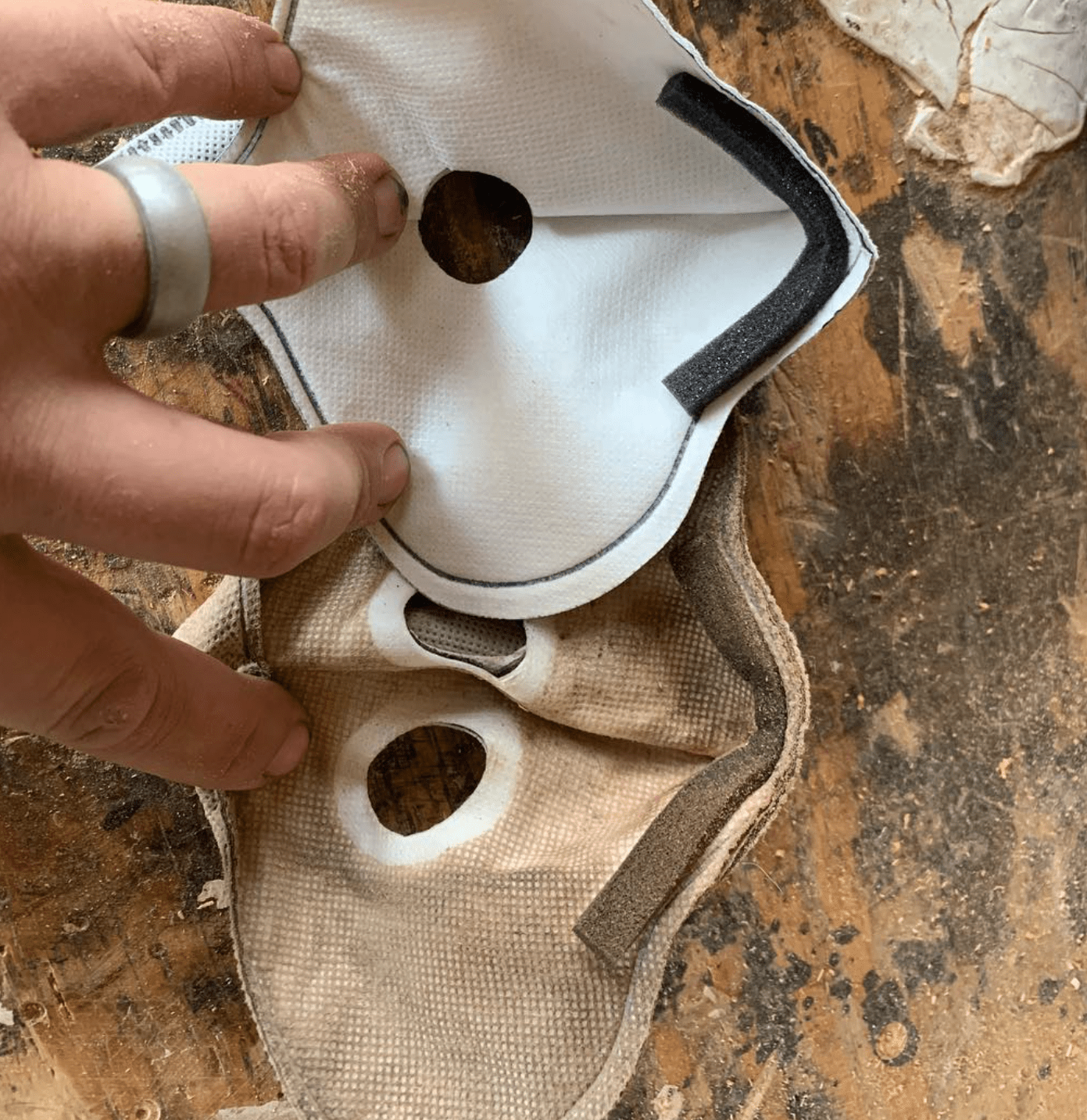
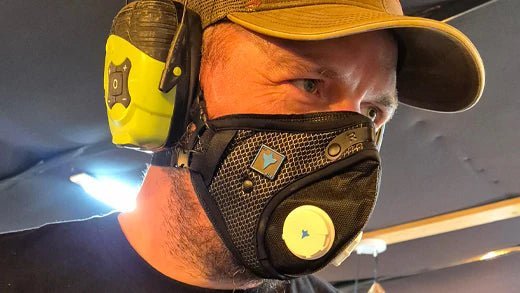

How Does Electrostatic Technology Improve the F3 Filter?
Behind the Mask: How Alex Brownfield Made a Miniature Golf Course at Home